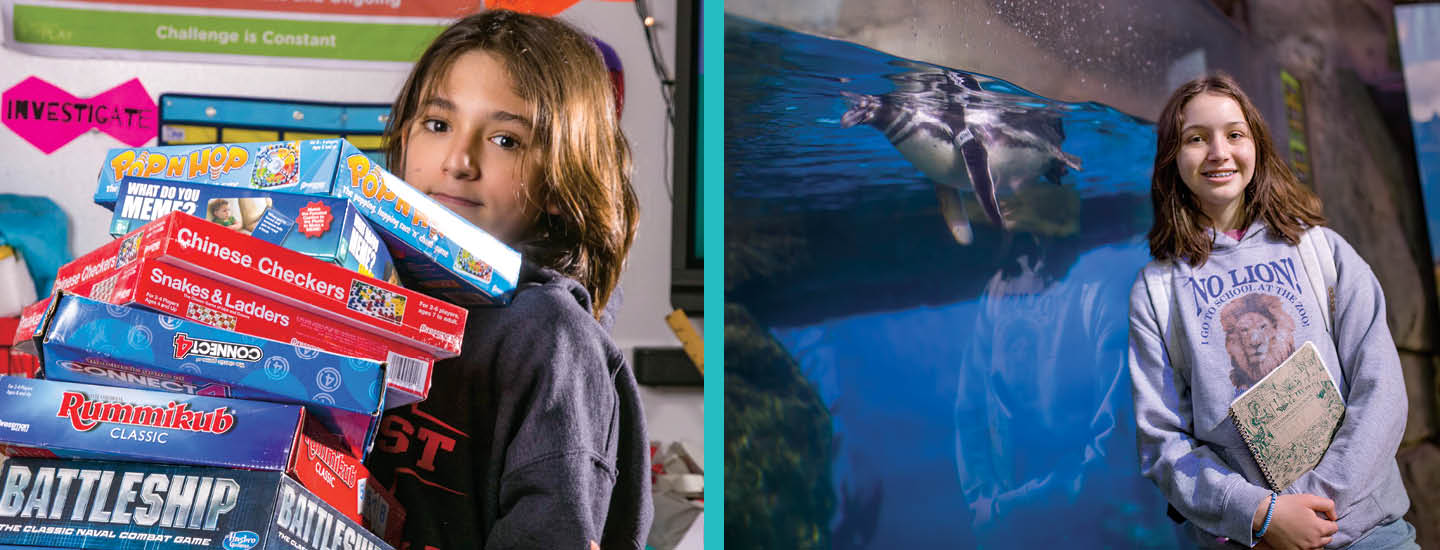Nathaniel Welch/Redux
Gael Lopez
Imagine a school where you play games all day long. Instead of doing math worksheets, you battle robots on a computer. Instead of reading textbooks, you complete missions assigned by your teachers.
There really is a school like that. It’s a public school in New York City called Quest to Learn. When my mom told me about it, I said, “That sounds amazing.” I applied and got a spot. Now I am one of about 300 kids in the middle school.
We take normal subjects like math, science, English, and social studies. But we have different names for them. For example, math is “Code World.” Science is “The Way Things Work.” Instead of homeroom, we have “Home Base.”
Imagine a school where you play games all day. You don’t do math worksheets. Instead, you battle robots on a computer. You don’t read textbooks. Instead, you complete missions assigned by your teachers.
There really is a school like that. It’s called Quest to Learn. It’s a public school in New York City. My mom told me about it. I said, “That sounds amazing.” I applied and got a spot. Now I am one of about 300 kids in the middle school.
We take normal subjects like math, science, English, and social studies. But we have different names for them. For example, math is “Code World.” Science is “The Way Things Work.” Instead of homeroom, we have “Home Base.”
Imagine a school where you play games all day long. Instead of doing math worksheets, you battle robots on a computer. Instead of reading textbooks, you complete missions assigned by your teachers.
There really is a school like that—a public school in New York City called Quest to Learn. When my mom told me about it, I said, “That sounds amazing.” I applied and got a spot. Now I am one of about 300 kids in the middle school.
We take normal subjects like math, science, English, and social studies, but we have different names for them. For example, math is “Code World,” science is “The Way Things Work,” and instead of homeroom, we have “Home Base.”

